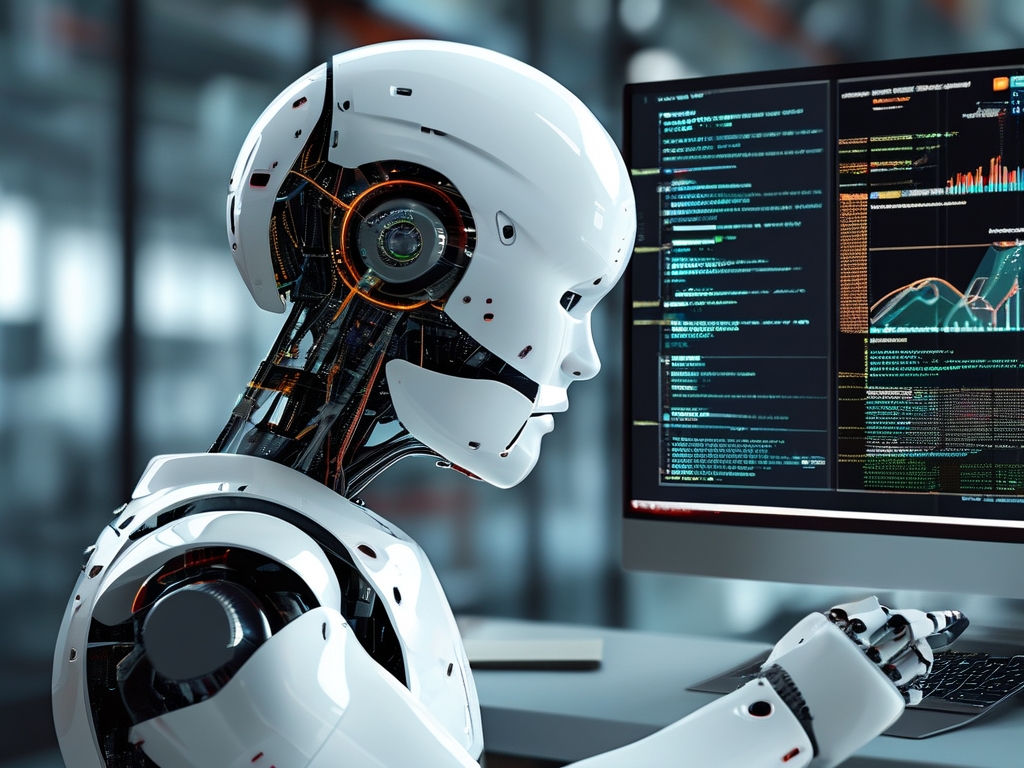In today's fast-paced digital landscape, businesses are increasingly turning to AI-driven automation to streamline operations, reduce costs, and enhance productivity. Deploying AI automation processes, however, requires meticulous planning, technical expertise, and a clear understanding of organizational goals. This article provides a comprehensive roadmap for successfully implementing AI automation, covering key stages from strategy formulation to post-deployment optimization.

1. Defining Objectives and Use Cases
The first step in deploying AI automation is identifying specific business challenges that automation can address. Whether it's automating customer service chatbots, optimizing supply chain logistics, or accelerating data analysis, organizations must align AI initiatives with measurable outcomes. For example, a retail company might aim to reduce inventory management errors by 30% using predictive analytics. Conducting workshops with stakeholders to prioritize use cases ensures that the deployment aligns with broader business strategies.
2. Data Preparation and Infrastructure Setup
AI systems thrive on high-quality data. Before deploying automation, organizations must audit existing datasets for accuracy, completeness, and relevance. This involves:
- Data cleansing: Removing duplicates, correcting errors, and standardizing formats.
- Data labeling: Tagging datasets to train machine learning (ML) models effectively.
- Infrastructure scaling: Deploying cloud-based solutions (e.g., AWS, Azure) or on-premises servers to handle computational demands.
For instance, a healthcare provider implementing AI for diagnostic imaging would require terabytes of labeled medical images and GPU-powered servers for real-time processing.
3. Selecting the Right AI Tools and Frameworks
Choosing appropriate technologies is critical. Open-source frameworks like TensorFlow and PyTorch are popular for building custom ML models, while low-code platforms like UiPath or Automation Anywhere simplify workflow automation for non-technical teams. Organizations must evaluate factors such as scalability, integration capabilities, and vendor support. A financial institution automating fraud detection, for example, might combine Python-based ML algorithms with APIs from existing banking software.
4. Model Development and Training
This phase involves building and refining AI models. Key steps include:
- Feature engineering: Identifying variables that influence outcomes (e.g., customer demographics for churn prediction).
- Training and validation: Splitting data into training and testing sets to avoid overfitting.
- Hyperparameter tuning: Optimizing model performance using tools like Keras Tuner or Optuna.
Collaboration between data scientists and domain experts ensures models reflect real-world scenarios. For example, an e-commerce company training a recommendation engine would integrate user behavior data and product catalogs to personalize suggestions.
5. Integration with Existing Systems
AI automation must coexist with legacy systems. APIs, microservices, and middleware (e.g., Apache Kafka) facilitate seamless data exchange between AI tools and enterprise software like ERP or CRM platforms. For instance, integrating an AI-powered sales forecasting tool with a company's Salesforce database enables real-time updates and decision-making.
6. Testing and Validation
Before full-scale deployment, rigorous testing is essential. This includes:
- Functional testing: Ensuring automation workflows perform as intended.
- User acceptance testing (UAT): Gathering feedback from end-users.
- Performance testing: Stress-testing systems under peak loads.
A logistics company automating route optimization might simulate delivery scenarios across geographies to validate accuracy and efficiency.
7. Deployment and Monitoring
Rolling out AI automation requires a phased approach. Start with pilot projects to identify bottlenecks, then scale gradually. Post-deployment, continuous monitoring using tools like Prometheus or Grafana helps track metrics such as system latency, error rates, and ROI. For example, a manufacturing plant using AI for predictive maintenance would monitor equipment downtime reductions and cost savings.
8. Ethical and Regulatory Compliance
AI deployment must adhere to ethical guidelines and legal standards. This includes ensuring transparency (e.g., explainable AI models), data privacy (compliance with GDPR or CCPA), and bias mitigation. Regular audits and stakeholder training foster responsible AI use.
9. Continuous Improvement
AI systems require ongoing updates to stay relevant. Techniques like reinforcement learning enable models to adapt to new data, while feedback loops with end-users drive iterative enhancements. A customer service AI, for instance, could evolve its natural language processing (NLP) capabilities based on user interactions.
Deploying AI automation is not a one-time project but a dynamic journey. By combining strategic planning, robust infrastructure, and cross-functional collaboration, organizations can unlock transformative efficiencies. As AI technologies evolve, businesses that embrace continuous learning and adaptability will lead the charge in the automation revolution.







